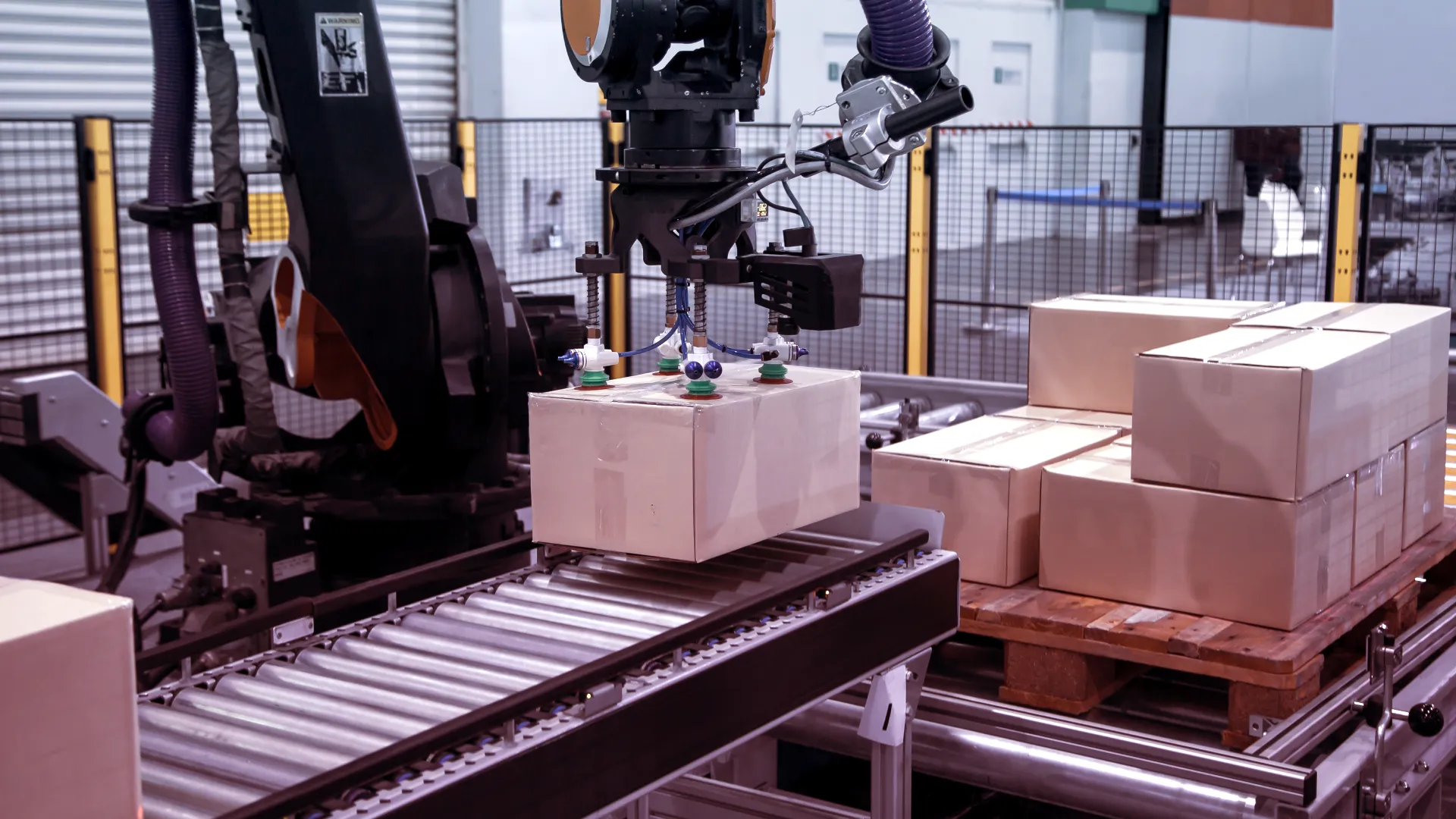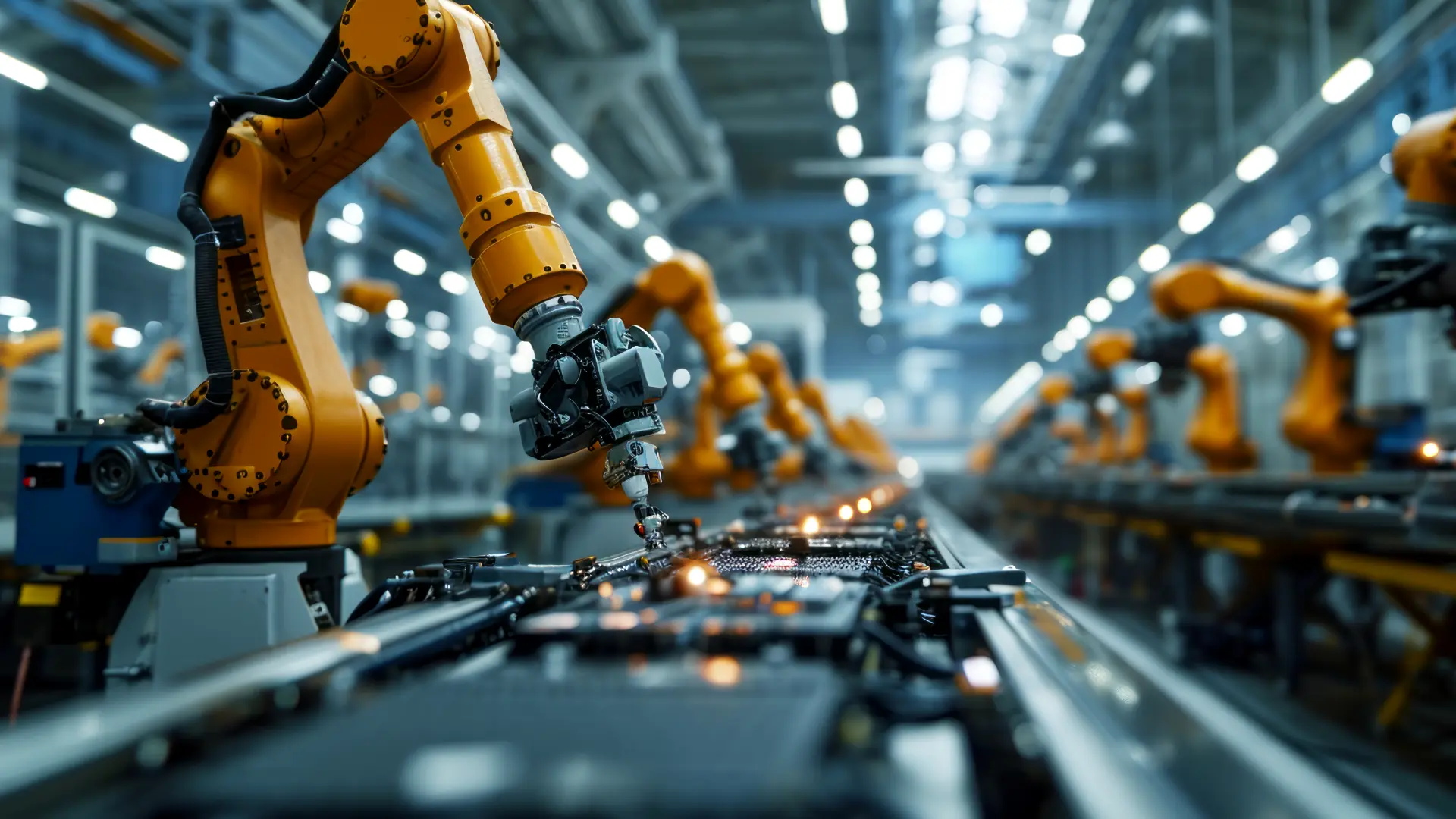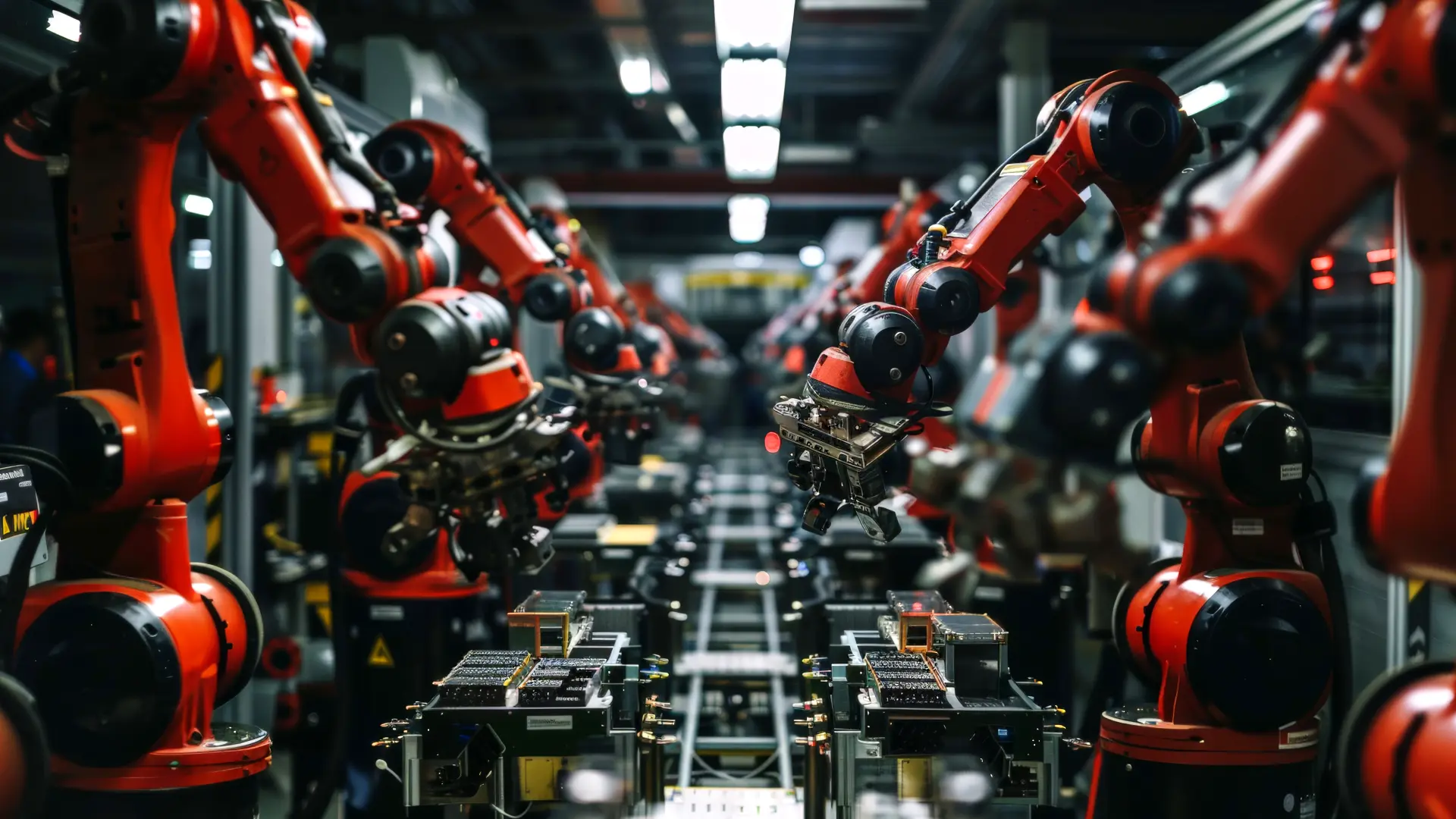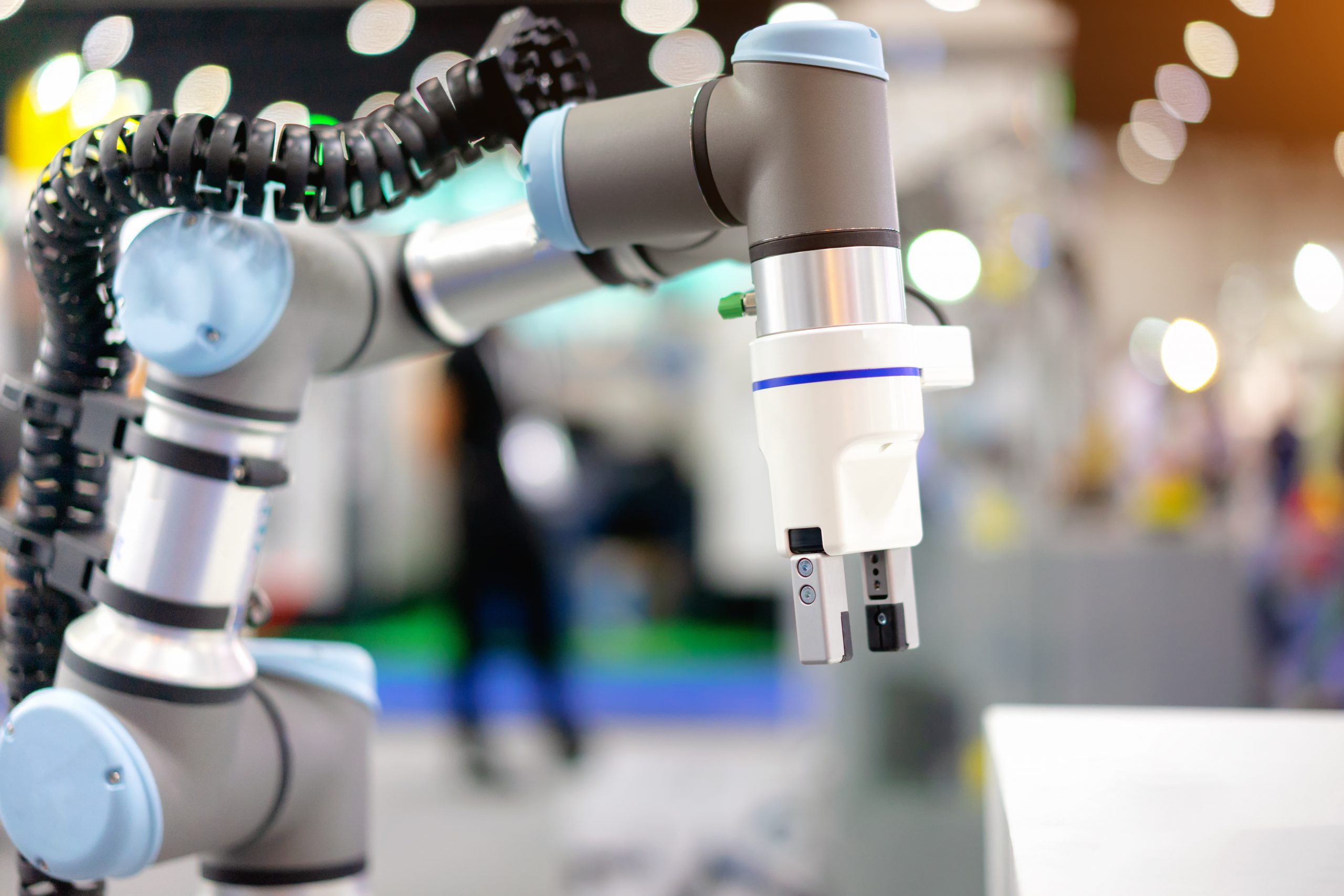In today’s ever-evolving world of robotics, there’s a particular component that stands out in its ingenuity: the robot tool changer. This nifty device allows robots to switch between different tools seamlessly, making them versatile players in industries ranging from automotive to healthcare. But have you ever stopped to ponder how these tool changers actually work? Join us as we dive deep into the design and mechanics behind these crucial components.
Why the Need for Tool Changers?
Before delving into the nitty-gritty, it’s essential to understand the context. In most manufacturing settings, a single robot performing multiple tasks – like welding in one moment and screwing bolts the next – can be a game-changer. This is where the robot tool changer comes into play, offering a solution to the problem of downtime and manual tool changing. The goal? Increased efficiency and flexibility on the production line.
Basic Design Principles
At its core, a robot tool changer consists of two main parts:
- Master Plate (or Robot Side Adapter): Attached to the robot arm.
- Tool Plate (or Tool Side Adapter): Connected to the tool itself.
These two plates are designed to fit together precisely, ensuring a secure connection when the robot picks up a tool. The actual mechanism for connection can vary, but most rely on a locking mechanism, often pneumatic or electric, to ensure a robust and reliable connection.
Connection Mechanisms
The brilliance of the tool changer lies in its connection mechanisms. Here are the most common ones:
- Mechanical: Physical locks, often similar to quick-release mechanisms seen in items like camera tripods.
- Pneumatic: Using air pressure to ensure the tool plates connect and remain locked.
- Electric: Electrically driven locking systems, offering quick and consistent connections.
While these mechanisms ensure the tool is securely held, other systems, like electrical or fluid pass-throughs, allow the robot to power or control the tool while it’s in use.
Sensors and Feedback Systems
Modern robot tool changers are often equipped with sensors that provide real-time feedback to the controlling system. This might include:
- Presence sensors: Confirming that the tool is connected.
- Identification sensors: Determining which tool is connected.
- Orientation sensors: Verifying the tool’s position.
Such feedback systems ensure not only that the tool is connected but that it’s the right tool for the job and it’s correctly oriented for its task.
Safety and Redundancy
Given that tool changers are at the forefront of industrial operations, their design prioritises safety. Features such as:
- Multiple locking systems: In case one fails, another can take over.
- Emergency release: Allowing the robot to ‘drop’ a tool in a potentially hazardous situation.
- Error detection: Identifying and communicating any issues with the tool connection.
These safety mechanisms ensure the tool changers function effectively while keeping workers and the entire production line safe.
Conclusion
Robot tool changers might seem like mere accessories in the vast realm of automation. Yet, their design and functionality are a testament to the advances in robotics and mechanical engineering. By understanding their mechanics, we can truly appreciate how these devices, though small in size, play a massive role in propelling industries forward.
So, the next time you marvel at a robot’s versatility, spare a thought for the tool changer. It’s this component that, quite literally, puts the right tools in the robot’s hands.






